What is Windy?
Windy is an app (available free for Android and Apple users – with no ads!) developed by a Czech kite enthusiast as a way to visualize weather models. It’s also available in browser format, which I’d highly recommend using for demonstrations and screen captures. It’s an amazing and versatile app that could be used to learn about Earth’s weather systems, climate change, and the nature of predictive models. It’s used daily by sailors, surfers, governments, disaster-relief organizations, storm-watchers, and anybody who wants to know the weather. I use it to check forecasts before boating or doing field work near the water, and sometimes I just have it running in the background because it’s a beautiful interface and it’s fun to watch hurricanes and typhoons form and move before my very eyes!

Explanation of the most commonly-used parts of the Windy interface. Screen capture and labels by me.
Using the interface, you can toggle on/off a variety of layers including wind speed/direction (including particle motion animation), rain/snow accumulation, cloud cover, barometric pressure (with colour and/or isobars), humidity, tide level, and others. You can also toggle on/off the locations of airports, popular surfing spots, weather stations, ports and marinas, etc. You can search for locations, although I’ll caution that the fine-scale accuracy (accounting for the presence of islands, mountains, etc. within a city) is rather poor – it’s mostly used for wider-scale predictions. The user uses the same types of motions to zoom in and out or move around the map as is used in most mapping programs, including Google Maps, so it’s really intuitive. The units of measurement (precipitation, wind speed, etc.) are customizable, so you can set it to metric or imperial units if you wish. You can even change the altitude, so you ca have a look at how the pressure changes 2 km above us, or visualize the Gulfstream, or look at the ‘top’ end of a hurricane.
Using it in Class
I can think of a dozen ways to use Windy off the top of my head, but here are some ideas to get started:
- Current events. As part of a unit on weather or climate change, get students to find a weather-related news story from somewhere in the world and use Windy to visualize it and show the class.
- The fallibility of models. To help students understand that weather models are predictive but not deterministic, get them to check Windy each day from Monday to Thursday and write down what the app says the weather will be on Friday. In fact, Windy allows you to switch between different models to compare them. The students will notice that the prediction changes each day, and that the prediction might not be completely correct when Friday rolls around. This helps them understand that any predictive model is only as good as the inputs, and that the results may not be what is predicted. Despite the pretty pictures, Windy is not showing what happens; it’s showing what is predicted to happen.
- Place-based learning. Ask students to report about a particular place in Canada, and what the climate of that place is. They can use Windy to illustrate their reports.
- Demonstrations of real-life phenomena. This is where screen-capture technology comes in. Rather than illustrating concepts like pressure differentials, Coriolis effect, front systems, and energy movement around the Earth, why not show students using a dynamic tool like Windy? Screen captures from Windy can ask students to play along on their phones, or just observe as the teacher demonstrates textbook concepts with real-time predictions of hurricane formation, El Nino, the Gulfstream, prevailing wind directions, and the effect of the ocean on coastal climate?
This app can be used in other contexts than science (art comes to mind, as well as geography). I highly encourage you to download this app and play with it. While this is not formally part of my EdTech inquiry on environmental apps for place-based learning, I’d like to highlight it here regardless. No pros and cons list for this app, because there are so few real cons!
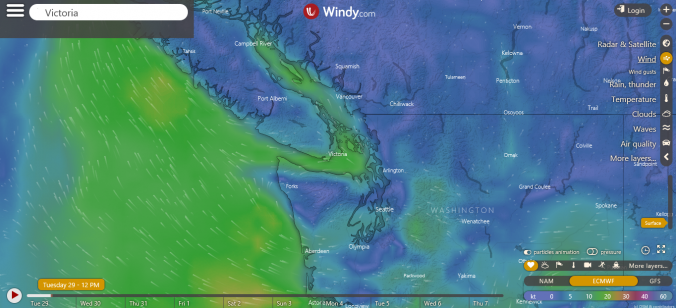
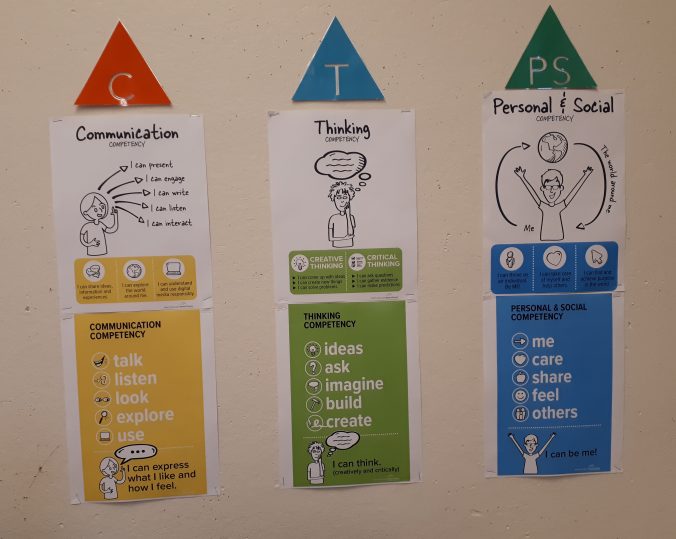
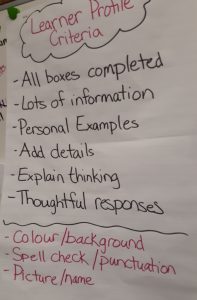
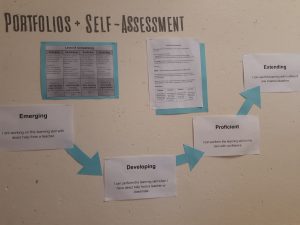
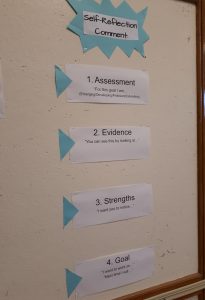

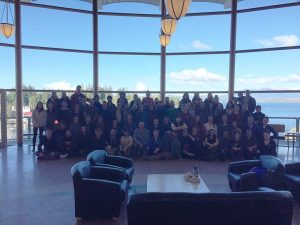
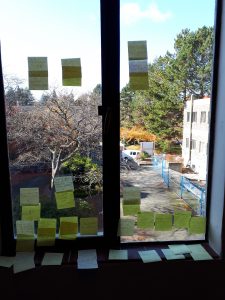

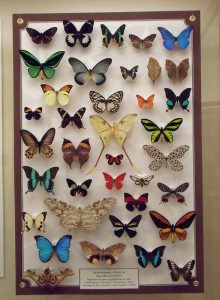


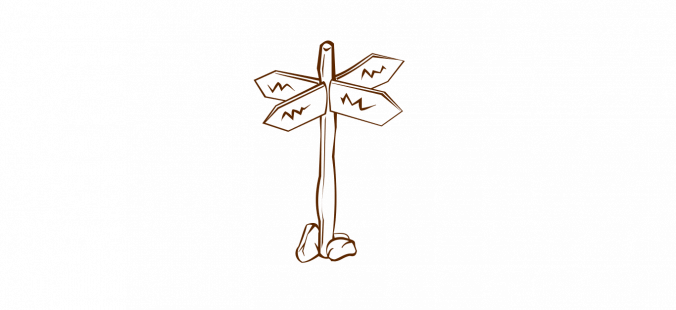

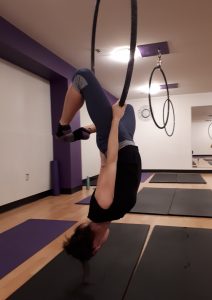



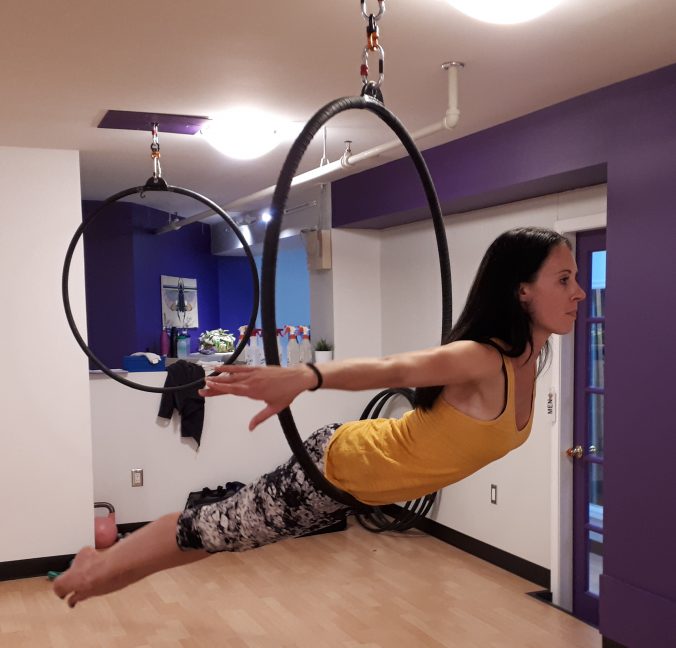
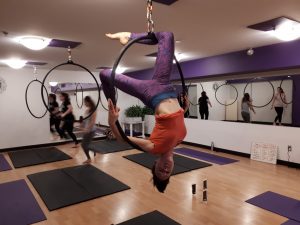
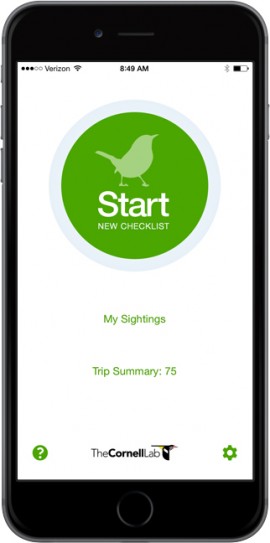
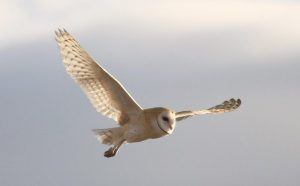

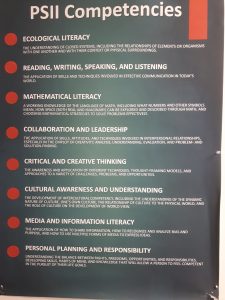
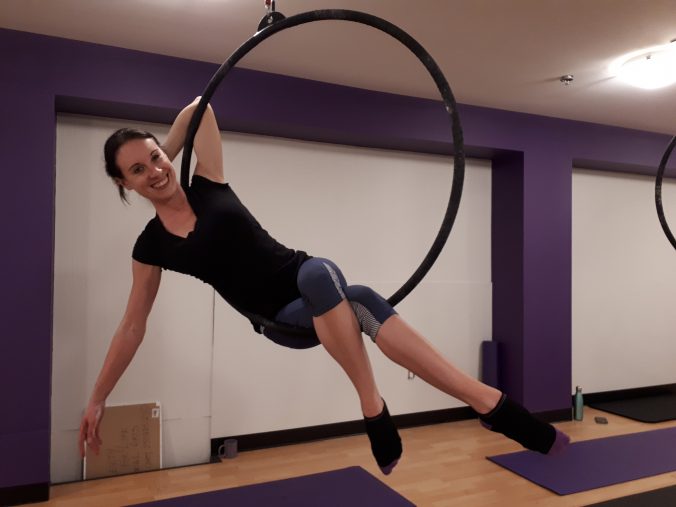
Recent Comments